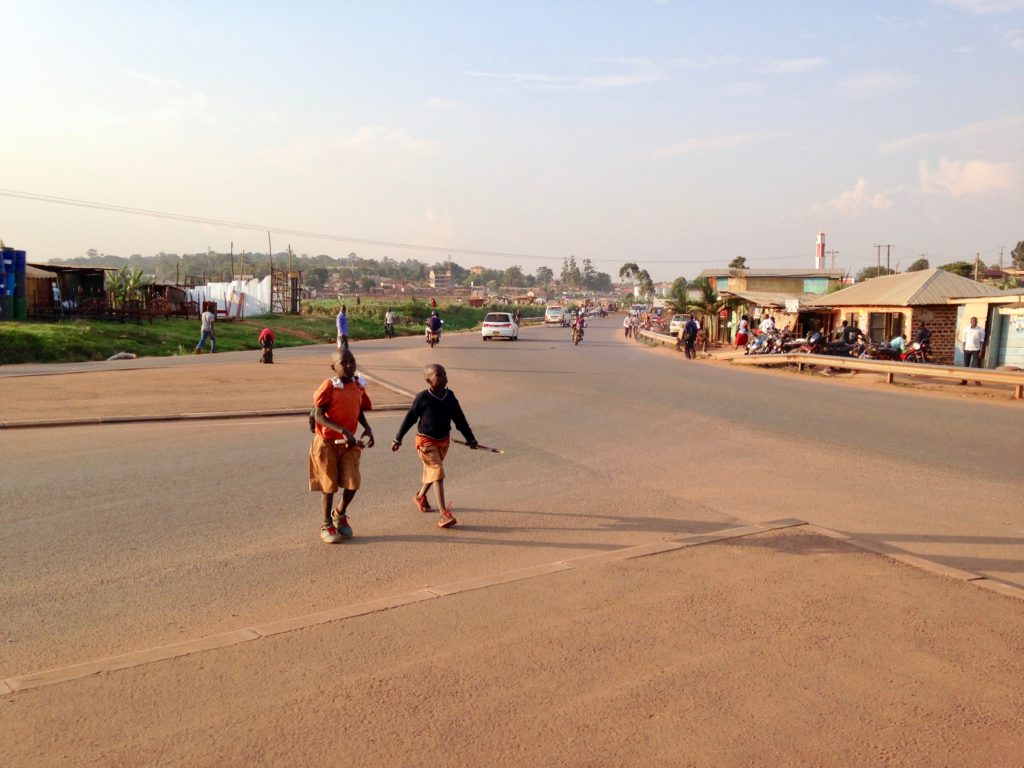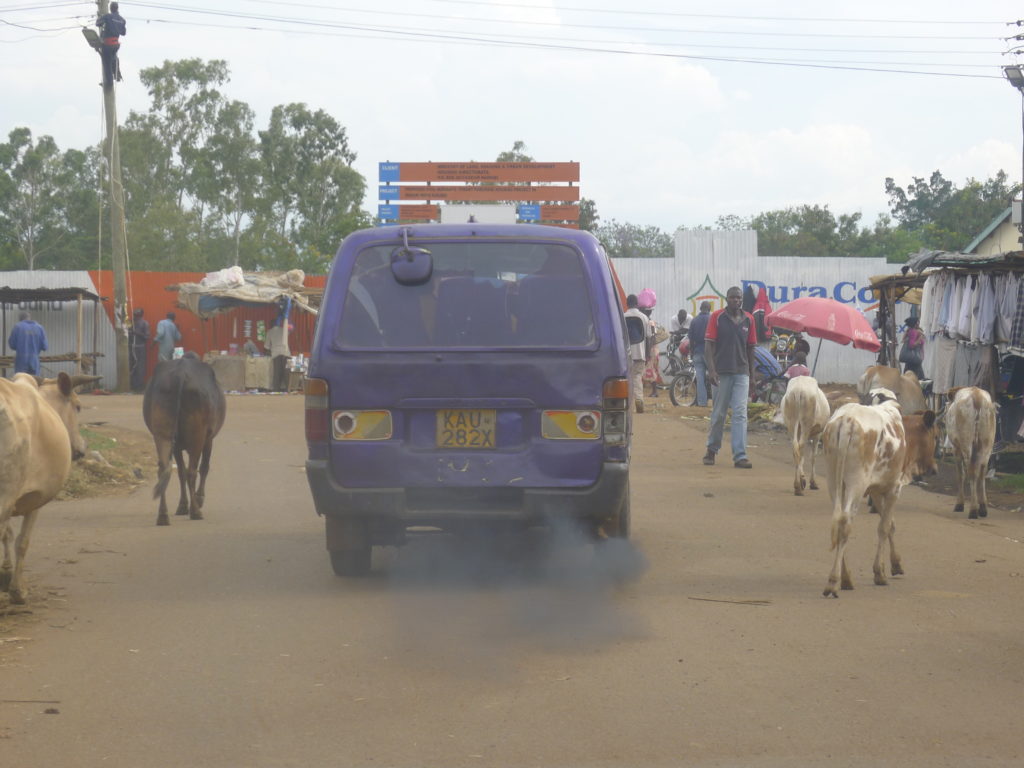
The challenge
Children are like an indicator species. If we can build a successful city for children, we will have a successful city for all people.
Enrique Peñalosa, Mayor of Bogotá, Colombia
The world’s population includes two billion children under 15 years old, and by 2050, 39 percent of all children will be African. Children living in poor urban communities across Africa are exposed to unacceptable levels of risk from road traffic injury. Worldwide, traffic crashes are expected to surpass AIDS and malaria as the leading cause of death among children by 2030. The challenge will be particularly acute in Africa, which has the highest traffic fatality rate for children in the world.
At the same time, exposure to harmful air pollution is becoming an increasing threat. In Africa, annual deaths from particulate matter pollution rose by 36 per cent between 1990 and 2013 to around 250,000. Children are more vulnerable to the effects of polluted air than adults, suffering from respiratory issues and going on to develop long-term health complications.
How did we get here?
Lack of infrastructure for the most vulnerable
Main roads lack safe walkways, pedestrian crossings, cycle tracks, and other facilities that ensure safe, convenient access. Children are left to navigate through fast-moving traffic.
Poor traffic & road space management
Lack of enforcement, combined with poor street design, leads to speeding and other types of dangerous driving behaviour. Where walking and cycling facilities exist, they are often occupied by parked vehicles.
Failure to regulate vehicle emissions
Outdated emission standards along with inadequate enforcement allow polluting vehicles to stay on the road.
Lack of inclusion in the planning process
Evidence-based planning and participatory design are key to planning for children. Yet young people are typically excluded from the planning process, leading to designs that are insensitive to their needs.


Designing cities for children
Solving these challenges is well within reach. The path to better health and mobility for children in Africa starts with political commitment to change the way we design our cities. Effective solutions require a sound assessment of user needs, sustainable sources of financing, effective institutions, and long-term monitoring to measure success. The toolbox presents a range of solutions, covering education, enforcement, street design, policies, encouragement, and measures to improve air quality.
Cities that accommodate all modes of travel, including walking and cycling, will see significant benefits. Children will enjoy safer trips to school and greater freedom to explore their neighborhoods, free from fear of traffic. Safer driving will reduce time lost due to injury from traffic crashes, along with the corresponding economic burden imposed on families. Learners who complete their education will have more opportunities to obtain high-wage jobs, reducing the likelihood that they will experience extreme poverty.

Resources
Amend and FIA Foundation: Step Change: An Action Agenda on Safe Walking for Africa’s Children
ARUP: Cities Alive: Designing for urban childhoods
Bernard van Leer Foundation: An Urban 95 starter kit: Ideas for action
FIA Foundation and UNICEF: Rights of Way: Child poverty and road traffic injury in the SDGs
UNICEF and FIA Foundation: Safe to learn: Safe journeys to school are a child’s right
UN Environment: Global outlook on walking and cycling: Policies & realities from around the world
